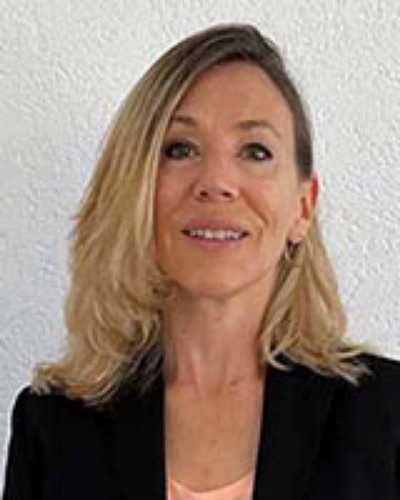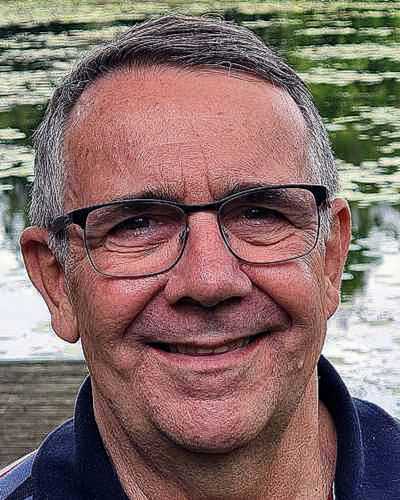Early Abstract:
Background: To respond to persisting gaps in health service coverage and health outcomes impacting rural populations globally, governance for rural health equity requires enhanced focus by the policymakers, researchers and practitioners. During 2021–2022, 51 experts from around the world contributed (as speakers, co-chairs and discussants) to an eight-part webinar series on rural health equity convened by the World Health Organization (WHO) and the World Organization of Family Doctor’s Rural Working Party (Rural Wonca), with inputs from partners including the Organisation for Economic Co-operation and Development (OECD) and agencies in the United Nations Inequalities Task Team subgroup on rural inequalities. The aim of the webinar series was to share technical/operational know-how and lessons learnt for addressing rural health inequities.
Methods: A thematic analysis of all webinar expert narratives was completed by the authors during 2022–23, with the purpose of using the data to conceptually feed into multiple WHO technical and capacity-building products. Following transcription, this entailed familiarization with the data and reflexivity (including on the framework used to inform the series and the researchers’ roles), generation of codes, combining codes in categories and themes, further analysis and reporting (alongside amendment of the original framework). The research question was ‘What do the 51 expert narratives from the WHO Rural Health Equity 8-part Webinar series convey about the framing of rural health equity and related governance approaches?’.
Results: Expert narratives provided evidence suggesting that the framing of rural health equity needs to account for Primary Health Care-oriented health systems strengthening issues in a way that highlights their indivisible, inter-related, and synergistic nature, taking a system-wide approach. Expert narratives pointed to the health sector having an active role in rural development policy, as a platform to leverage action for rural health equity through working across sectors to address social and environmental determinants of health. In framing the ‘equity’ dimension of rural health equity, there was a clear acknowledgement in expert narratives that the concept comprises inequitable differences both between urban and rural areas and within rural areas. Narratives underlined that a historical lens is required to understand the drivers of rural health inequities, as well as formulate or improve – through participatory approaches – the strategies to overcome them. The narratives shed light on governance issues such as inter- and intra-sectorial policy and programming coherence, effective rural proofing mechanisms, evidence-based decision-making drawing from strengthened equity-oriented information systems, ground-up participatory decision-making approaches, rights-based governance (including for self-determination), and greater accountability for redressing socio-spatial inequities and optimizing rural communities’ assets. Findings suggest that unlocking rural health inequities will require the further study of government(s) commitments, governance mechanisms, and capacities to effectively implement measures for territorially balanced development and area-based strategies for equity within and between territories.
Conclusions: The findings have relevance for the further design of policies, programming, and monitoring and evaluation for rural health equity by national and subnational authorities, as well as for the activities of researchers, WHO, Rural WONCA and partners.


